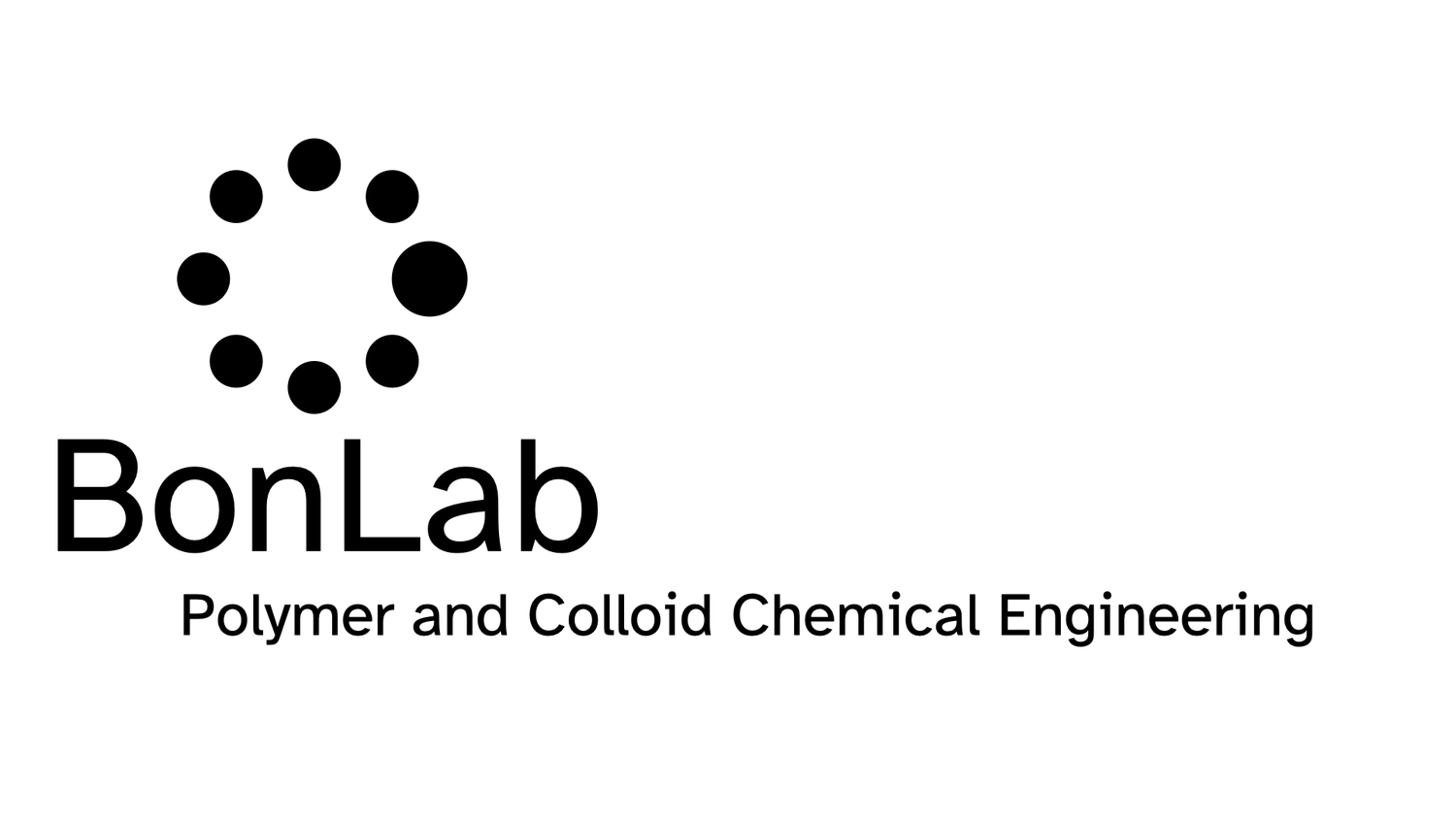This PhD studentship will look at the behaviour of polymer colloids in freshwater flow environment.
About the Project
Project Highlights:
· Fabrication of a range of model nanoplastics (polymer colloids) of various chemical composition (hard/soft, charge density, degradable/non-degradable, wettability with substrates) and shape by using the latest polymer colloid chemistry.
· Tracking of behavior (motion/retention) of polymer particles of various chemical composition and shape in freshwater (river/wetlands) environment.
· Development of water environmental models to discuss temporal and spatial nanoplastic accumulation, potential degradation, and its impact.
Overview:
The monitoring of the presence of microplastics in the environment (water, soil, organisms) has gained considerable traction, with a plethora of excellent initiatives. A recent example is that Californian state water resources control board has approved procedures for testing drinking water. The presence of plastic particles can enter the food chain for all living species, and potentially have a negative impact.
In this project we will look at particles in the diameter range of 20 nm – 5 micrometer, so considerably smaller than the 5 mm upper threshold, in other words a focus on the sub-micron range, plastic nanoparticles. In nature these exist in the form of a natural polymer latex (rubber trees, dandelions). Manmade polymer nanoparticles, in the form of polymer dispersions are produced in vast quantities since the 1930s for coatings/adhesives, paper production, medical diagnostic tests, to name but a few. These are often too small to be tracked with brightfield light microscopy.
We aim to fabricate a collection of model polymer dispersions in which the particles have varied characteristics in size, shape, molecular weight and chemical composition, and colloidal stability. A secondary focus is to make particles that will not degrade easily, and particles that are compostable/hydrolysable. For this we will use the latest polymer dispersion production techniques, such as (mini-) emulsion polymerization, and catastrophic phase inversion emulsification to prepare artificial latexes.
We then will study the underlying physical mechanisms that govern the particles’ motility behavior (flow hydrodynamics, dispersion and diffusion), residence and accumulation behavior (adhesion, crowding, coagulation, film formation, disintegration/decomposition) in model aquatic systems including stagnant pond, river, and wetland.
This project, for the first time, will provide a better understanding of how such small particles will behave across aquatic domains, where they will reside, and how they potentially can be degraded into harmless substituents.
The new insights offered by this project will enable understanding the dynamics of micro- and nanoplastics transport and fate in challenging turbulent flow systems. Hence, this project will provide a step change in environmental protection and integrated catchment management by understanding and quantifying the transport and fate of plastic nanoparticles.
Methodology:
The project will combine heterogeneous polymer chemistry, colloid science, and fluid dynamics.
Polymer nanoplastics will be prepared by heterogeneous radical polymerization techniques, where (mini-) emulsion polymerization is combined with reversible deactivation radical polymerization developments, to tune molar mass distribution, chemical composition, colloidal stability, and particle shape and architecture.
Tracking methods of the particles in water and model soils will be developed through combination of darkfield and fluorescence microscopy (Cyclops sensors), Raman spectroscopy, and off-line analysis methods, such as hydrodynamic fractionation, and elemental analysis techniques (atomic absorption, XRF, ICP-MS). Model development of particle motility behavior across different aquatic flow domains will be studied using open-source computational fluid dynamic modelling packages (OpenFOAM). The algorithms which will be developed within this project will be coupled with existing multi-phase flow models in order to simulate pollutant transport under various hydrologic conditions. Particle degradation will be studied by kinetic modelling (ODEs and Monte Carlo approaches).
Training and skills:
Training will be provided in polymer nanoparticle synthesis and characterization, colloidal behavior of the particles in fluid systems, and in a wide range of numerical tools to process and analyse experimental fluid dynamics data. The student will be trained in cutting-edge hydrodynamic and fluorometric measurement techniques including, Particle-Image-Velocimetry and Laser-Induced-Fluorescence. Through our industrial partners training will be provided on use and application areas of polymer nanoparticles, catchment planning and management, pollution risk management, habitat improvement, communication and public understanding of science. In addition, the researcher will be able to work closely with the wetland design and creation team.
Partners and collaboration (including CASE):
This PhD project benefits from supervision by two internationally leading research groups at the University of Warwick including, BonLab at the Department of Chemistry, and the Centre for Predictive Modelling at the School of Engineering. The research team of this project are internationally recognized for their research into polymer colloids, the plastic waste impacts on the environment and environmental chemistry. Besides the standard NERC PhD funding, the project is supported by the ‘Garbage In, Value Out’ project funded by the UK Foreign and Commonwealth Development Office, and current industrial collaborators from the two teams. The Student will have the opportunity of working closely with the research end-user and long-term industrial collaborators such as Unilever and Synthomer and our industrial consortium the Polymer Club. We envisage that the project will attract interest from industrial players with opportunities for short internships in plastic recycling technologies and challenges, communication and public understanding of science and plastic pollution risk management.
Possible timeline:
Year 1: Basic research skill training; literature review and familiarization with heterogeneous polymerization methods and (colloidal) analysis techniques and development of methodology for polymer dispersions.
Year 2: Comprehensive laboratory hydrodynamic and fluorometric measurements for solute, micro- and nanoplastic transport under various hydraulic conditions within a range of aquatic domains (river, pond, wetland). Investigating the impact of particle density, size and shape on the transport and fate of microplastics.
Year 3: Detailed analyses of laboratory data, developing models suitable for simulating solute and microplastic transport under various environmental flows, and inclusion to the existing numerical codes. Writing the thesis will take place during the final year
For further details about the programme and for information on how to apply please see the following link https://warwick.ac.uk/fac/sci/lifesci/study/pgr/studentships/nerccenta/
Funding Notes
Home (UK) students who have been ordinarily resident in the UK for at least three years can apply for full awards covering tuition fees and annual stipend for living costs.
International students (including EU Students) can apply for jointly funded awards covering tuition fees in full and annual stipend for living costs.
Successful International candidates would need to cover all other costs themselves including Health Surcharge, visa and flights.
References
Rillig, M.C. (2012) ‘Microplastic in terrestrial ecosystems and the soil?’, Environmental Science and Technology 46, 6453-6454.
Ballent, A., Pando, S., Purser, A., Juliano, M.F. and Thomsen, L. (2013) ‘Modelled transport of benthic marine microplastic pollution in the Nazaré Canyon’, Biogeosciences 10(12), 7957-7970.
Besseling, E., Quik, J.T.K., Sun, M. and Koelmans, A.A. (2017) ‘Fate of nano- and microplastic in freshwater systems: A modeling study’, Environmental Pollution 220, 540-548.

